If you’re a fan of indoor gardening, you’ve probably encountered cacti and succulents.
These plants are popular for their low maintenance, unique appearance, and adaptability to different environments.
However, telling the difference between cacti and succulents can be tricky, especially if you’re new to the hobby.
Despite their similarities, cacti and succulents have distinct characteristics that set them apart.
- Cacti are a type of succulent, but they have areoles, which are small, round, cushion-like structures where spines, branches, and flowers grow.
- Succulents, on the other hand, have no areoles and are typically characterized by their fleshy leaves and stems, which store water.
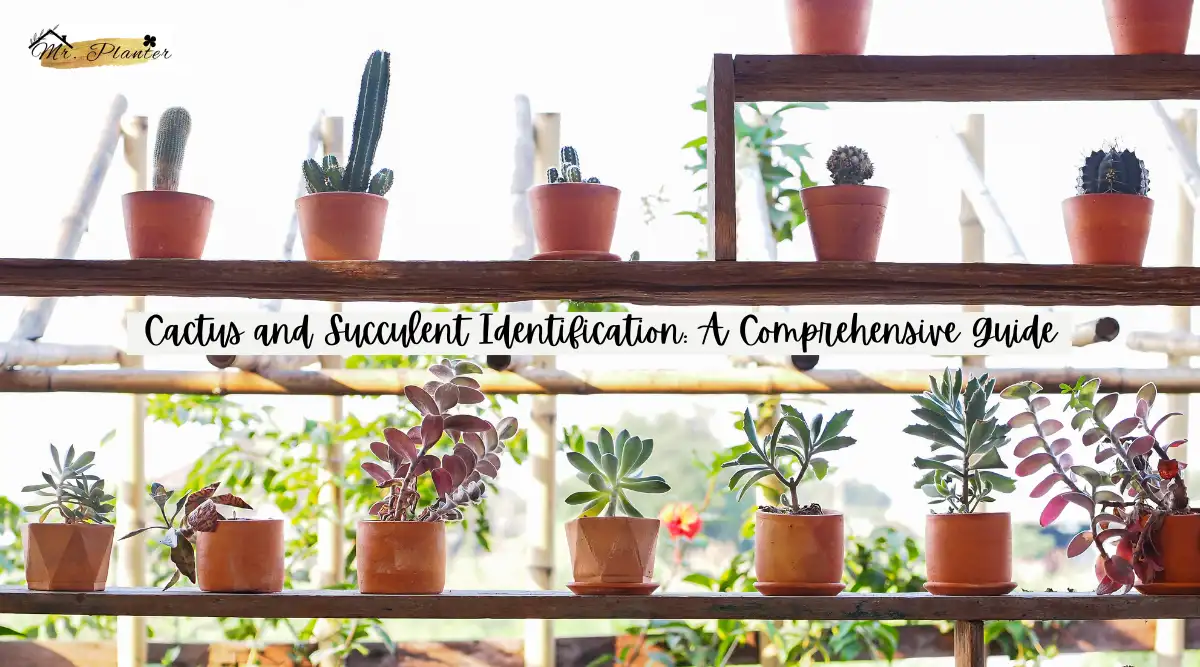
Knowing the difference between these two types of plants is important for proper identification and care.
Key Takeaways
- Cacti are a type of succulent, but they have areoles, while succulents do not.
- Proper identification of cacti and succulents is crucial for their care.
- Cacti and succulents are popular for their low maintenance and unique appearance.
Is Aloe a Cactus or a Succulent?
Aloe is a succulent, not a cactus. While both cacti and succulents are adapted to survive in arid environments, there are some key differences between the two types of plants.
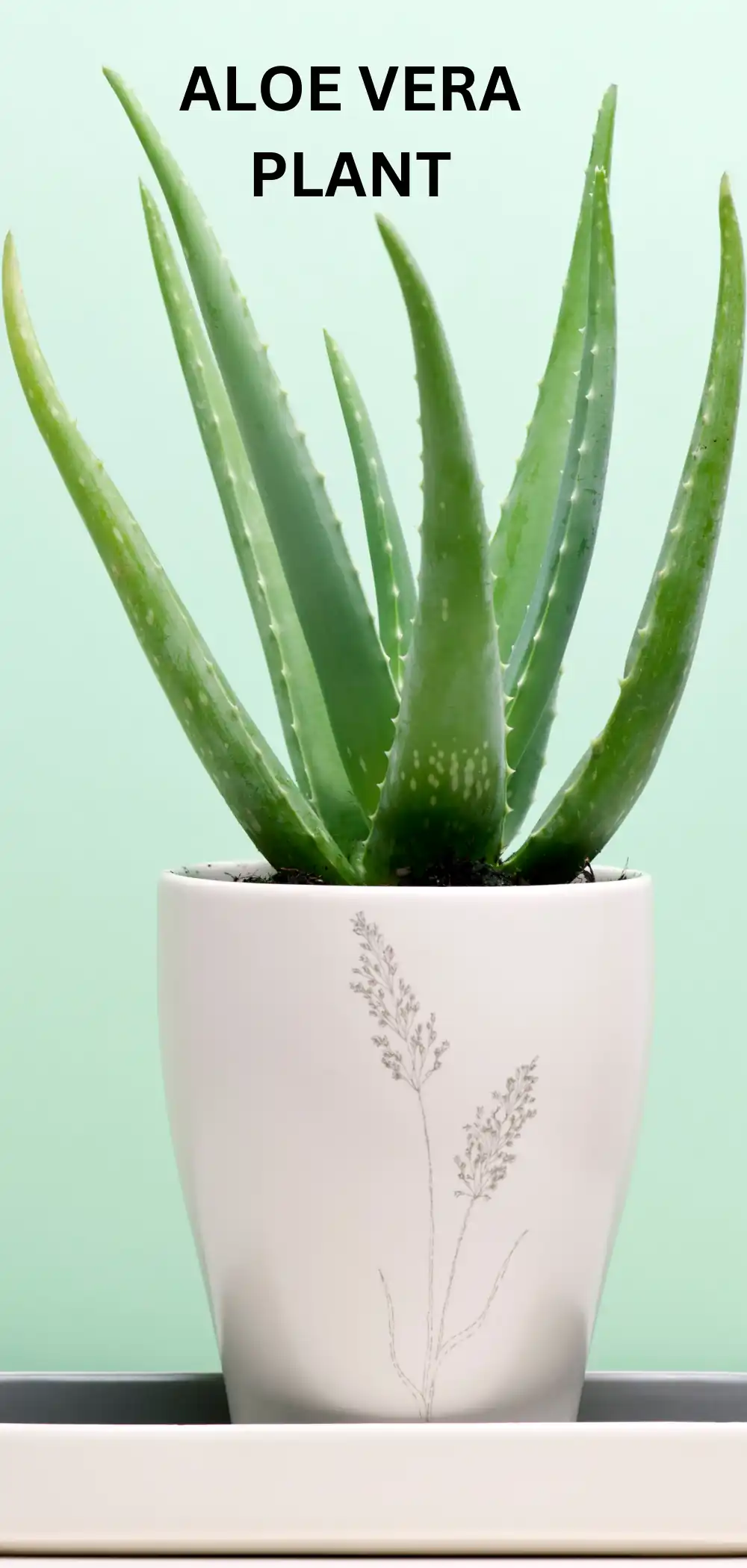
Cacti are a type of succulent that are characterized by their unique areoles, which are small, cushion-like structures on the surface of the plant from which spines, branches, and flowers emerge.
Aloe, on the other hand, does not have areoles and does not produce spines. One way to tell the difference between cacti and succulents is by looking at their leaves.
Cacti typically have small, needle-like leaves or no leaves at all. Aloe, on the other hand, has thick, fleshy leaves that are often covered in a waxy coating to help reduce water loss. Another key difference is that cacti typically have a more compact, rounded shape, while succulents like Aloe can have a variety of shapes and sizes.
It’s important to note that while Aloe is not a cactus, it is still a member of the succulent family. Succulents are plants that store water in their leaves, stems, or roots in order to survive in dry or arid environments. Aloe is well-known for its medicinal properties and is often used in skincare products and natural remedies.
So, Aloe is a succulent, not a cactus. While both cacti and succulents are adapted to survive in arid environments, there are some key differences between the two types of plants.
Aloe is characterized by its thick, fleshy leaves and lack of spines, while cacti have small, needle-like leaves and unique areoles.
Is Agave a Succulent or Cactus?
Agave is a succulent plant that shares many characteristics with cacti, but it is not a type of cactus. Both plants store water in their leaves and stems, have thorns or spines, and can be found in arid climates.
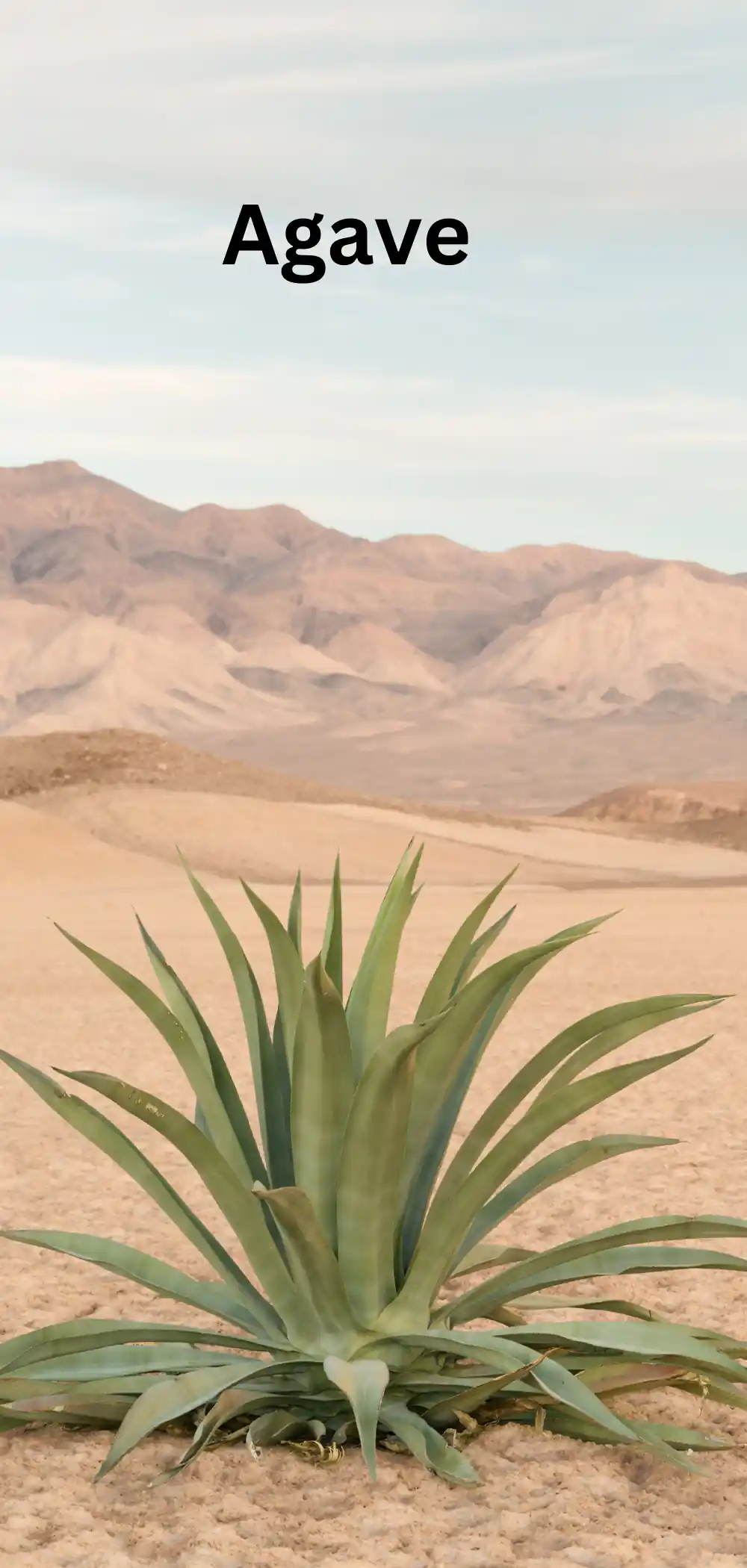
However, agave is not a type of cactus. It belongs to the Agavaceae family, which includes other succulent plants like yucca and aloe vera.
Agave plants are easily recognized by their rosette-shaped leaves that emerge from a central point. These leaves are thick and fleshy, featuring sharp spines along their edges.
The range of agave plant sizes varies from small rosettes to towering specimens that can reach up to 30 feet in height.
A significant distinction between agave and cacti lies in their flowering patterns. Cacti are known for producing showy flowers that bloom at the ends of their stems, while agave plants generally generate a lone flower stalk that shoots up from the center of their rosette.
These flowers often display a tall and spiky appearance, with clusters of small blooms crowning the top.
Understanding the distinctions between agave and cacti is essential for proper plant identification and care.
Embracing the fact that agave is a succulent plant with similar characteristics to cacti, yet distinct in its classification, enables gardeners and enthusiasts to cultivate and nurture these remarkable plants appropriately.
Is Euphorbia a Cactus or Succulent?
If you’re just starting to learn about plants, you might be curious whether Euphorbia falls into the category of cacti or succulents.
Despite its resemblance, Euphorbia belongs to neither of these groups. Euphorbia is actually a type of flowering plant that belongs to the spurge family.
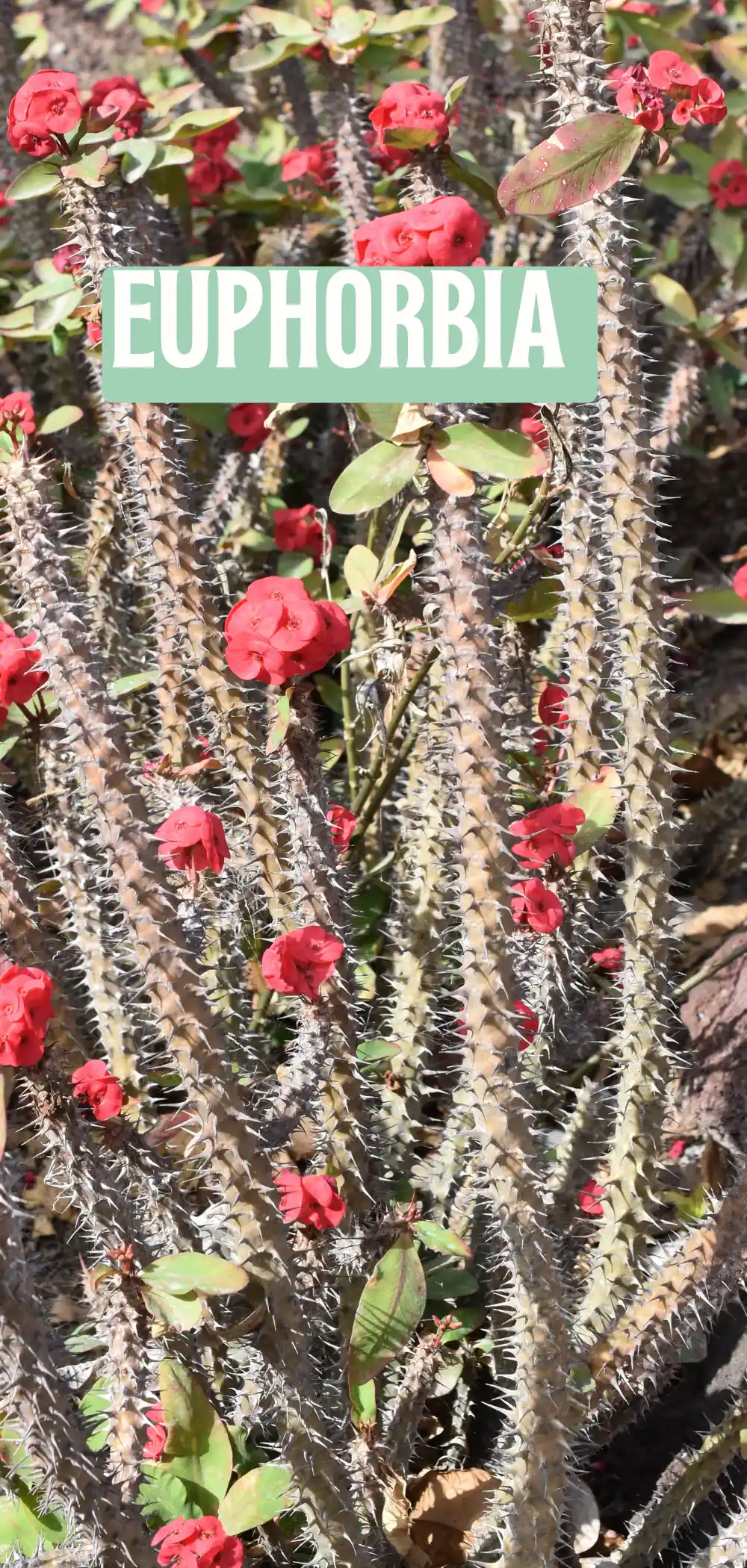
However, there are certain kinds of Euphorbia that have evolved to look very much like cacti and succulents. These specific types of Euphorbia have adapted to survive in dry areas by developing thick stems that can store water.
They also possess tiny leaves or spines, which help to prevent water loss through a process called transpiration.
A popular example of Euphorbia that closely resembles a cactus is the Euphorbia trigona. It’s also known by names like African milk tree or cathedral cactus.
This plant features three-sided stems that can grow quite tall, reaching up to 6 feet. These stems are covered in small spines.
Another Euphorbia variety that looks similar to a cactus is the Euphorbia obesa.
People often refer to it as the baseball plant or basketball plant due to its round shape. Its thick green stem can grow up to 6 inches in diameter and is covered in small spines.
To sum it up, Euphorbia is not classified as a cactus or succulent, even though some types of Euphorbia have adapted to imitate them.
These particular Euphorbia species have made adjustments to survive in dry environments. They’ve developed thick stems that store water and possess small leaves or spines to minimize water loss.
Are Monadenium Cactus or Succulent?
Monadenium is a genus of flowering plants that belongs to the family Euphorbiaceae. It includes about 30 species of succulent shrubs and small trees that are native to Africa.
Now, the question is, are Monadenium cactus or succulent? Monadenium is a succulent plant, not a cactus. Although cacti and succulents share some similarities, they are two different types of plants.
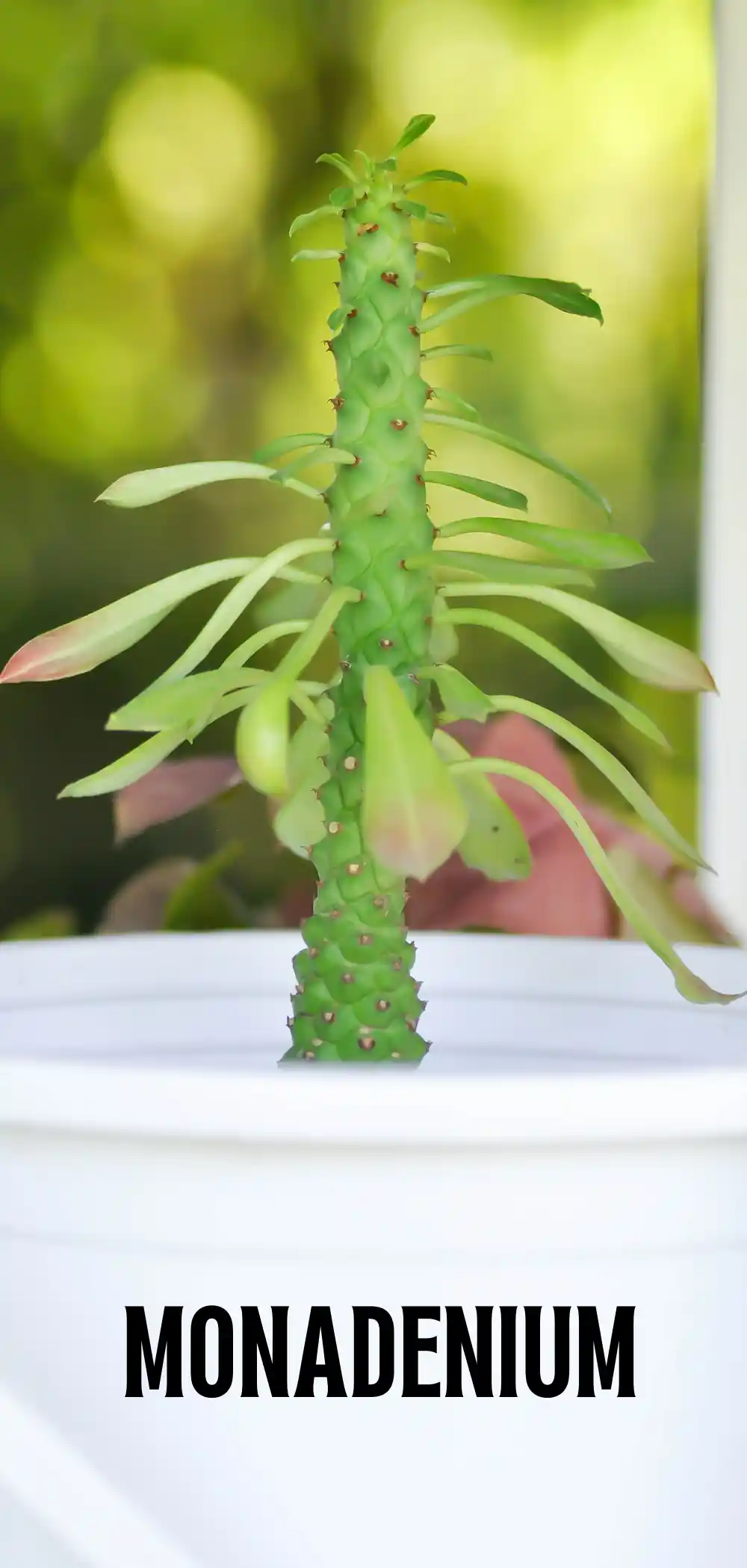
Cacti are a type of succulent that belongs to the family Cactaceae. They are characterized by their unique appearance, with spines, areoles, and often showy flowers.
Succulents, on the other hand, are plants that store water in their leaves, stems, or roots. They come in various shapes, sizes, and colors, and can be found in many different plant families.
Monadenium is a succulent that stores water in its stem and leaves. It has thick, fleshy stems that are covered with small, warty tubercles. The leaves are small, oval-shaped, and grow in pairs along the stem. The plant produces small, inconspicuous flowers that are usually green or yellowish in color.
Monadenium is a popular houseplant and is relatively easy to care for. It prefers bright, indirect light and well-draining soil. Watering should be done sparingly, allowing the soil to dry out between watering sessions. Overwatering can cause root rot and other problems.
So, Monadenium is a succulent plant that belongs to the family Euphorbiaceae. It is not a cactus, but it shares some similarities with cacti and other succulents. Understanding the differences between cacti and succulents can help you identify and care for these plants more effectively.
Is Christmas Cactus a Cactus or Succulent?
You may be surprised to learn that the Christmas cactus is not actually a cactus, but rather a succulent. While it may have cactus-like features such as spines and a prickly appearance, it does not belong to the cactus family.
The Christmas cactus, also known as Schlumbergera, is a member of the succulent family Cactaceae.
It is native to the rainforests of Brazil and is known for its beautiful, colorful flowers that bloom around the holiday season.
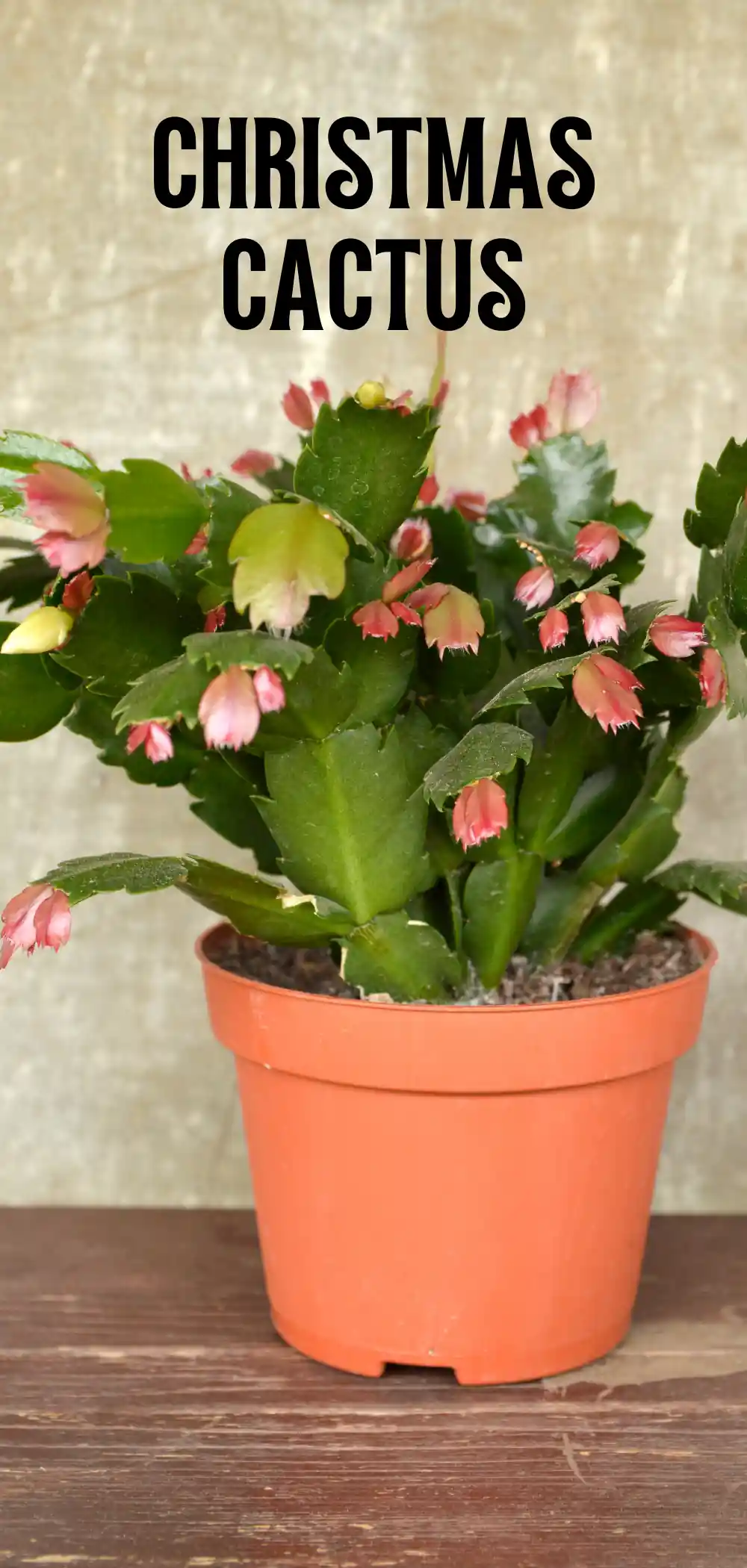
One way to differentiate between cacti and succulents is by their leaves. Cacti typically have thick, waxy leaves that are modified into spines, while succulents have fleshy, water-storing leaves.
The leaves of the Christmas cactus are flattened and segmented, which is a characteristic of many succulents.
In addition to its succulent-like leaves, the Christmas cactus also has other features that set it apart from true cacti. For example, it does not have a prominent stem like most cacti, and its flowers are more delicate and showy than those of most cacti.
So, while the Christmas cactus may be commonly referred to as a cactus, it is actually a succulent.
Its flattened, segmented leaves and delicate flowers are characteristic of many succulent plants, and it does not have the prominent stem or spines that are typical of most cacti.
Is Hens and Chicks Cactus or Succulents?
Hens and Chicks, also known as Sempervivum, are succulent plants that belong to the Crassulaceae family. They are not cacti, but they share some similarities with cacti, such as their ability to store water in their leaves.
Succulents are plants that have thick, fleshy leaves or stems that store water. They are adapted to survive in arid environments where water is scarce.
Hens and Chicks have a rosette form, with the mother plant in the center and the smaller rosettes, or “chicks,” surrounding it.
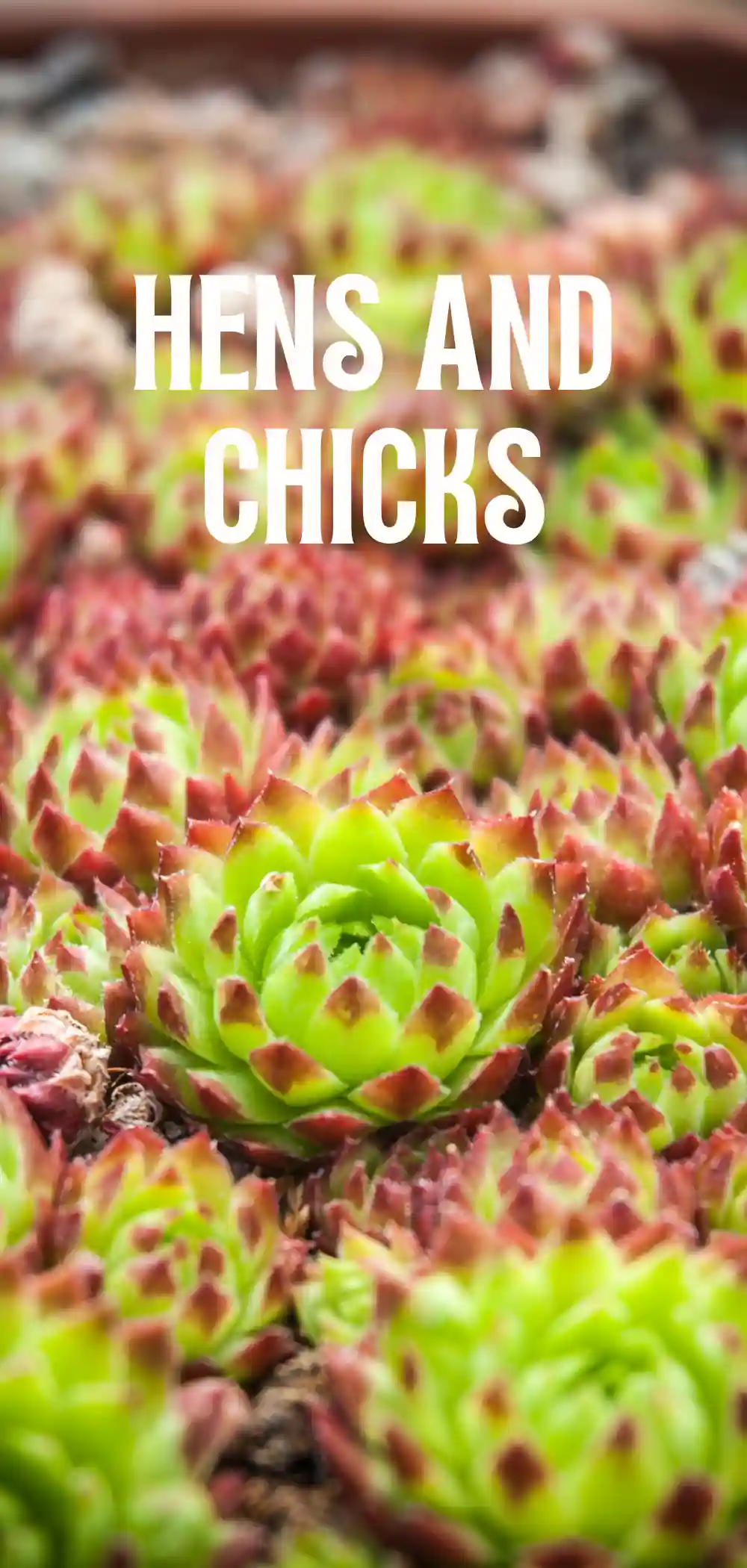
These plants are native to the mountains of southern Europe and northern Africa, where they grow in rocky, dry, and sunny areas.
While Hens and Chicks are not cacti, they are often grouped with cacti and other succulent plants in gardens and nurseries.
This is because they share similar growing conditions and care requirements. Like cacti, Hens and Chicks need well-draining soil and plenty of sunlight. They are also drought-tolerant and can survive long periods without water.
So, Hens and Chicks are succulent plants, not cacti. They are characterized by their rosette form, ability to store water in their leaves, and adaptation to arid environments.
They are often grouped with cacti and other succulent plants due to their similar growing conditions and care requirements.
Is Sansevieria Cactus or Succulent?
Sansevieria, also known as snake plant or mother-in-law’s tongue, is a popular houseplant that is often mistaken for a cactus or succulent due to its fleshy leaves. However, Sansevieria or Snake Plant is not a cactus but a succulent.
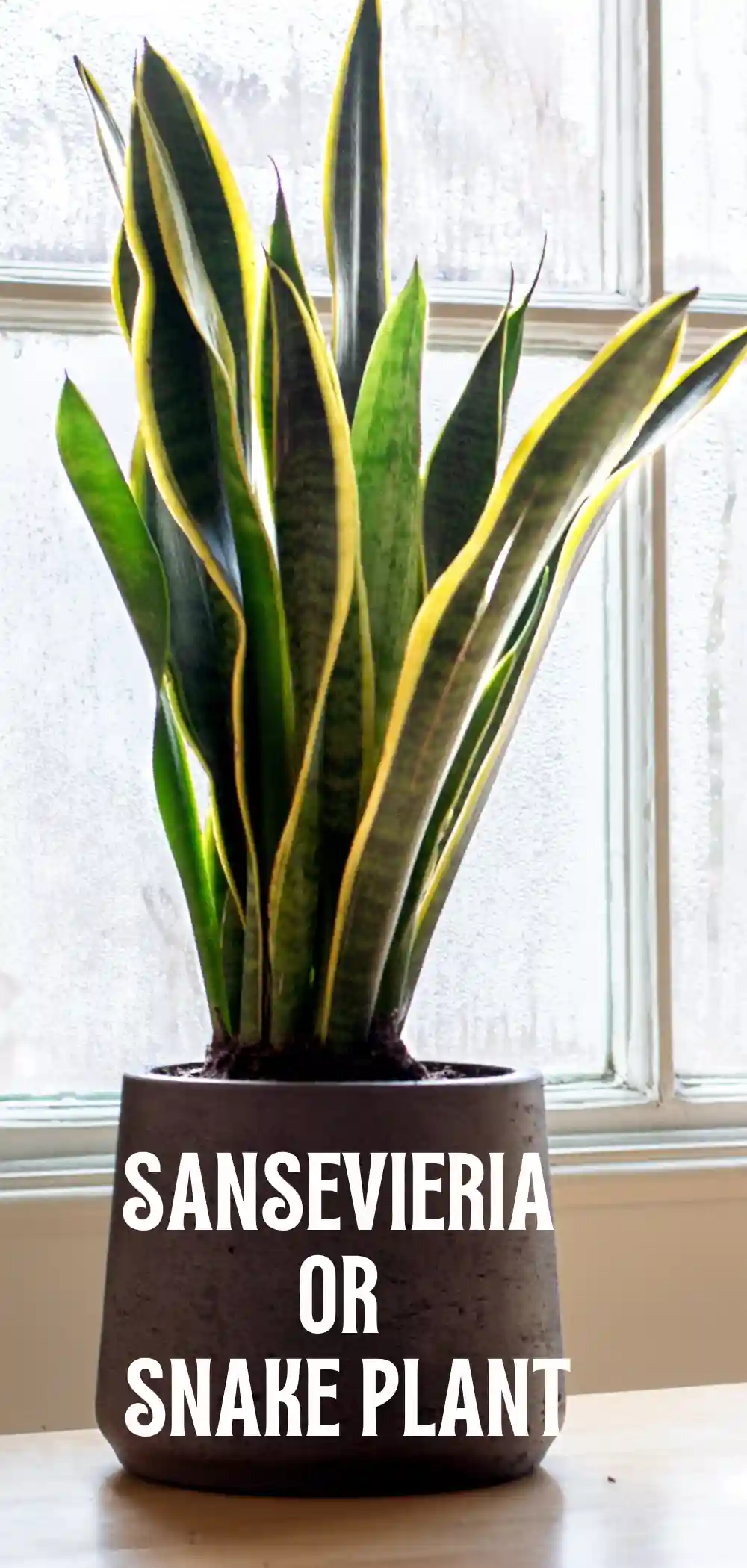
Succulents are plants that store water in their leaves, stems, or roots to survive in dry or arid conditions. Sansevieria has thick, fleshy leaves that store water and allow the plant to survive in low-water conditions.
Cacti, on the other hand, are a type of succulent that have specialized structures called areoles from which spines, branches, and flowers emerge.
Sansevieria is native to Africa and Asia and is a member of the Asparagaceae family. The plant has over 70 species and many cultivars, making it a popular choice for indoor gardening. Sansevieria is easy to care for and can thrive in a variety of lighting conditions, from low to bright indirect light.
When identifying Sansevieria, look for its distinctive long, upright leaves that grow in a rosette pattern.
The leaves are typically green with yellow or white stripes, but some species have solid green leaves. Sansevieria also produces small, fragrant flowers on tall spikes, but these are rare in indoor conditions.
So, Sansevieria is a succulent, not a cactus. Its fleshy leaves store water to help the plant survive in low-water conditions, and it is easy to care for and a popular choice for indoor gardening.
Is Monstrose Cactus or Succulent?
Monstrose cactus is a type of cactus that has a unique growth pattern. It is characterized by its unusual, twisted, and contorted shape, which is a result of a genetic mutation that occurs during cell division.
Monstrose cactus is often confused with crested succulents due to their similar appearance. However, it is important to note that while monstrose cactus is a type of cactus, crested succulents are a type of succulent.
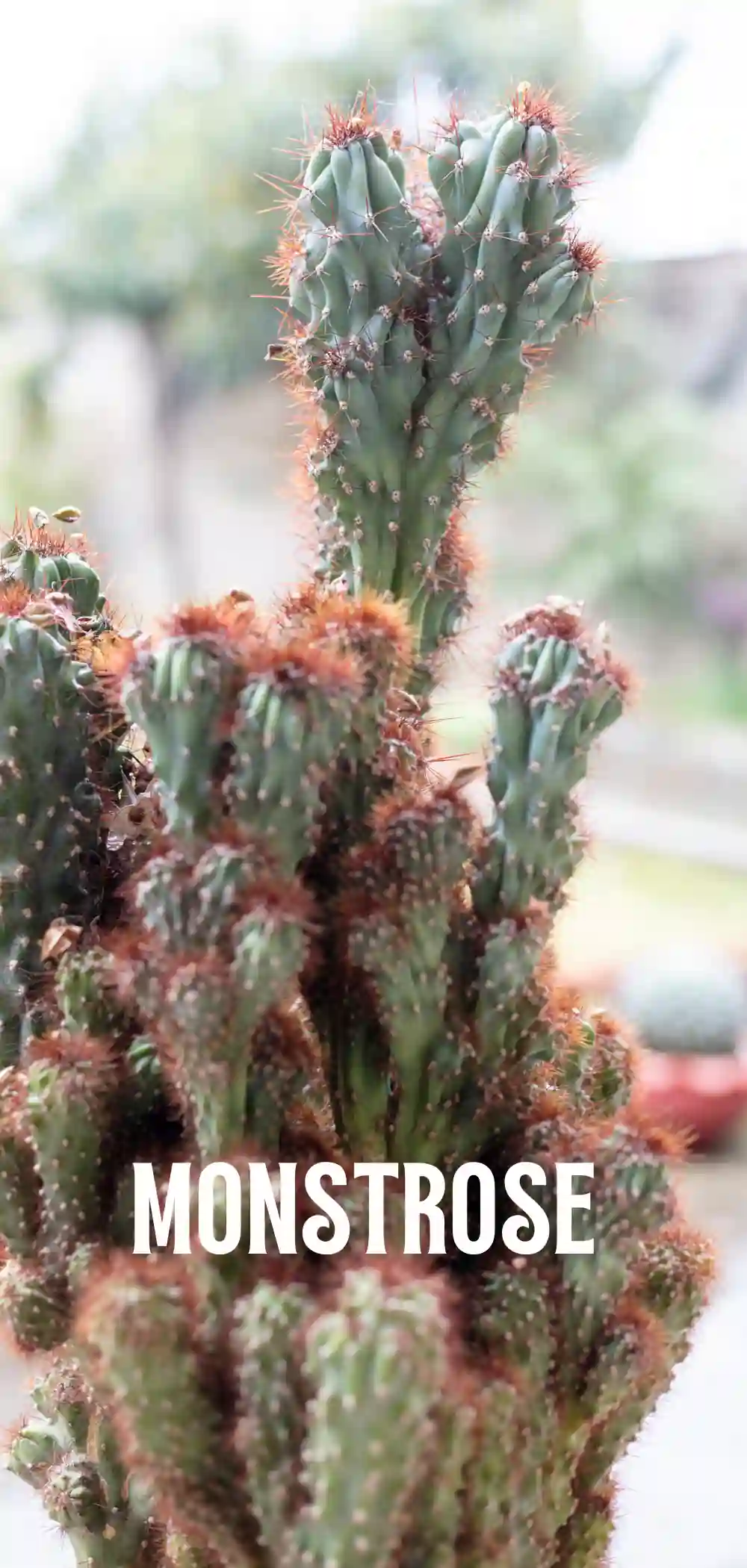
Cacti and succulents are both types of plants that are adapted to survive in arid environments. They have evolved to store water in their stems, leaves, or roots, allowing them to survive long periods of drought.
While both cacti and succulents have similar adaptations to survive in harsh environments, they are different types of plants.
Cacti are a type of succulent that are characterized by their unique features, such as their spines, areoles, and flowers. They are also known for their thick, fleshy stems, which are used to store water.
Monstrose cactus is a type of cactus that has a unique growth pattern, but it is still a cactus.
So, monstrose cactus is a type of cactus that has a unique growth pattern, while crested succulents are a type of succulent. While monstrose cactus and crested succulents may look similar, they are different types of plants.
Cacti and succulents are both adapted to survive in arid environments, but they have different features that set them apart.
Is Crown Of Thorns a Cactus or Succulent?
Crown of Thorns is a succulent plant and not a cactus.
Crown of Thorns (Euphorbia milii) is often mistaken for a cactus due to its spiky appearance, but it is actually a succulent. This plant is native to Madagascar and belongs to the Euphorbia family, which includes more than 2,000 species of plants.
Like other succulents, Crown of Thorns has thick, fleshy leaves and stems that store water.
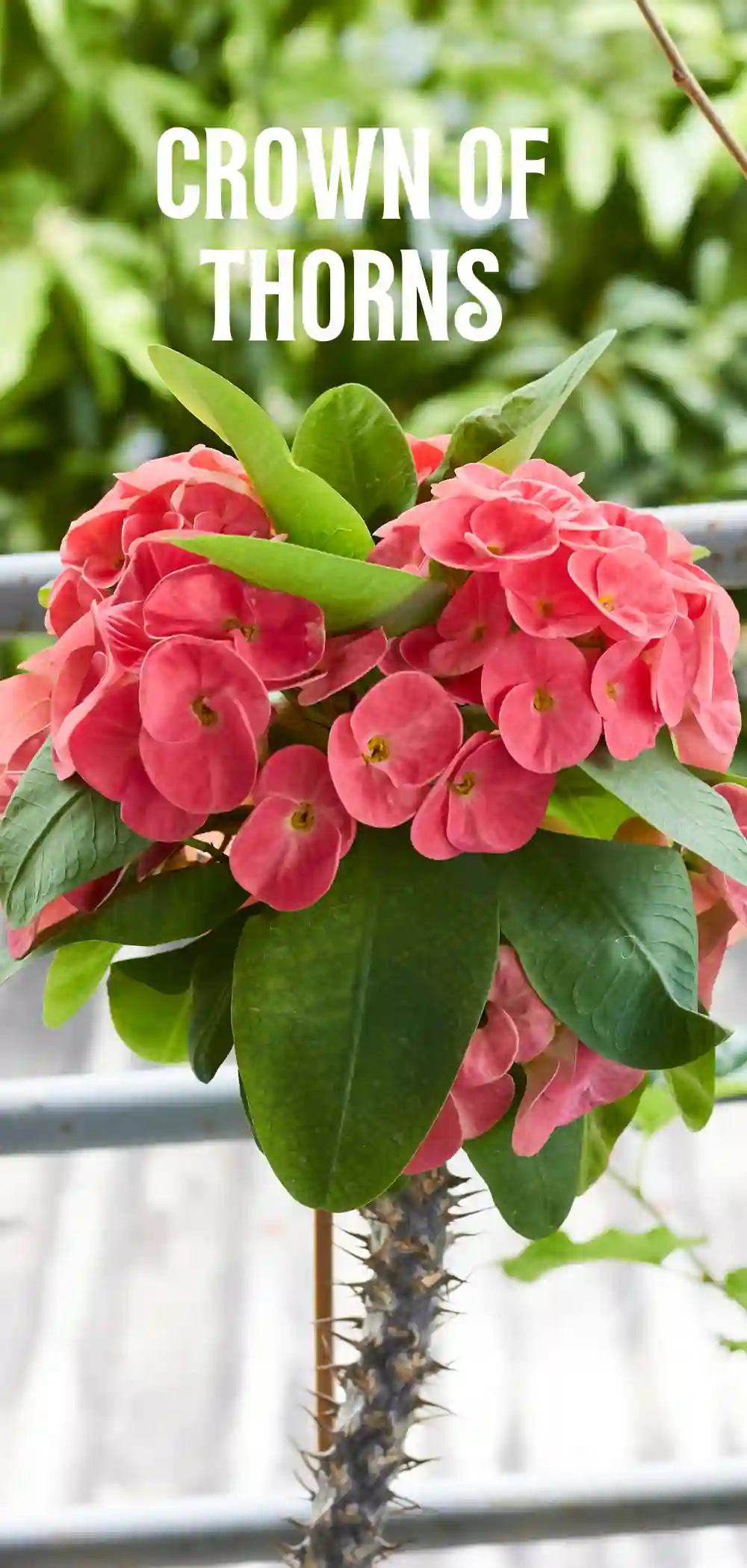
This adaptation allows the plant to survive in arid conditions and go for long periods without water. The plant’s thorny stems, which give it its name, help protect it from herbivores.
Crown of Thorns is a popular houseplant due to its attractive flowers, which bloom almost year-round. The true flowers are small and green, surrounded by showy bracts in red, orange, pink, yellow, or white. The plant prefers bright, indirect light and well-draining soil.
Although Crown of Thorns is not a cactus, it shares many characteristics with cacti. Both succulents and cacti have adapted to survive in harsh environments and store water in their leaves and stems.
However, cacti are a distinct family of plants that are characterized by their unique areoles, from which spines, branches, and flowers emerge. Crown of Thorns does not have areoles and its spines emerge from the stem, not the areoles.
Is Jade a Cactus or Succulent?
Jade plant, also known as Crassula ovata, is a succulent plant that belongs to the family Crassulaceae. Succulents are a group of plants that have thick, fleshy leaves or stems that store water.
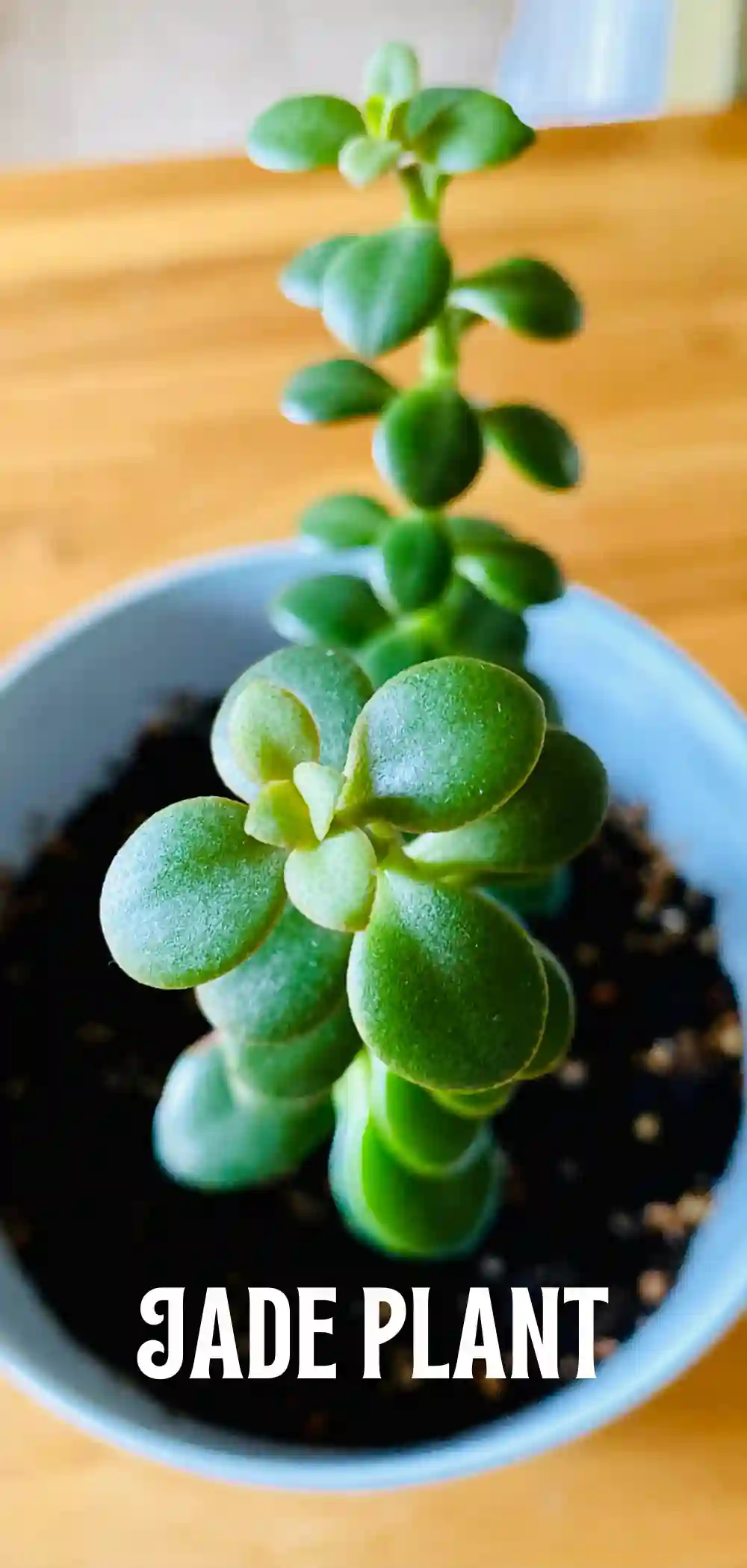
They are adapted to survive in arid or semi-arid environments where water is scarce.
Although some succulents, such as cacti, are also adapted to these environments, not all succulents are cacti.
Cacti are a specific group of succulent plants that belong to the family Cactaceae. They are known for their unique features, such as areoles, spines, and globular or cylindrical shapes.
Jade plant is often mistaken for a cactus because of its thick, fleshy leaves and stem. However, it lacks the defining features of cacti, such as areoles and spines. Instead, it has small white or pink flowers that bloom in the late fall or early winter.
Jade plant is native to South Africa, where it grows in rocky, dry areas. It is a popular houseplant because of its easy care, attractive appearance, and ability to thrive in low light conditions.
So, jade plant is a succulent plant that belongs to the family Crassulaceae. It is often mistaken for a cactus because of its thick, fleshy leaves and stem, but it lacks the defining features of cacti.
Is a Kalanchoe a Cactus or Succulent?
Kalanchoes are succulent plants that belong to the Crassulaceae family.
They are native to Madagascar and other parts of Africa, but are now widely grown as houseplants and outdoor ornamentals around the world.
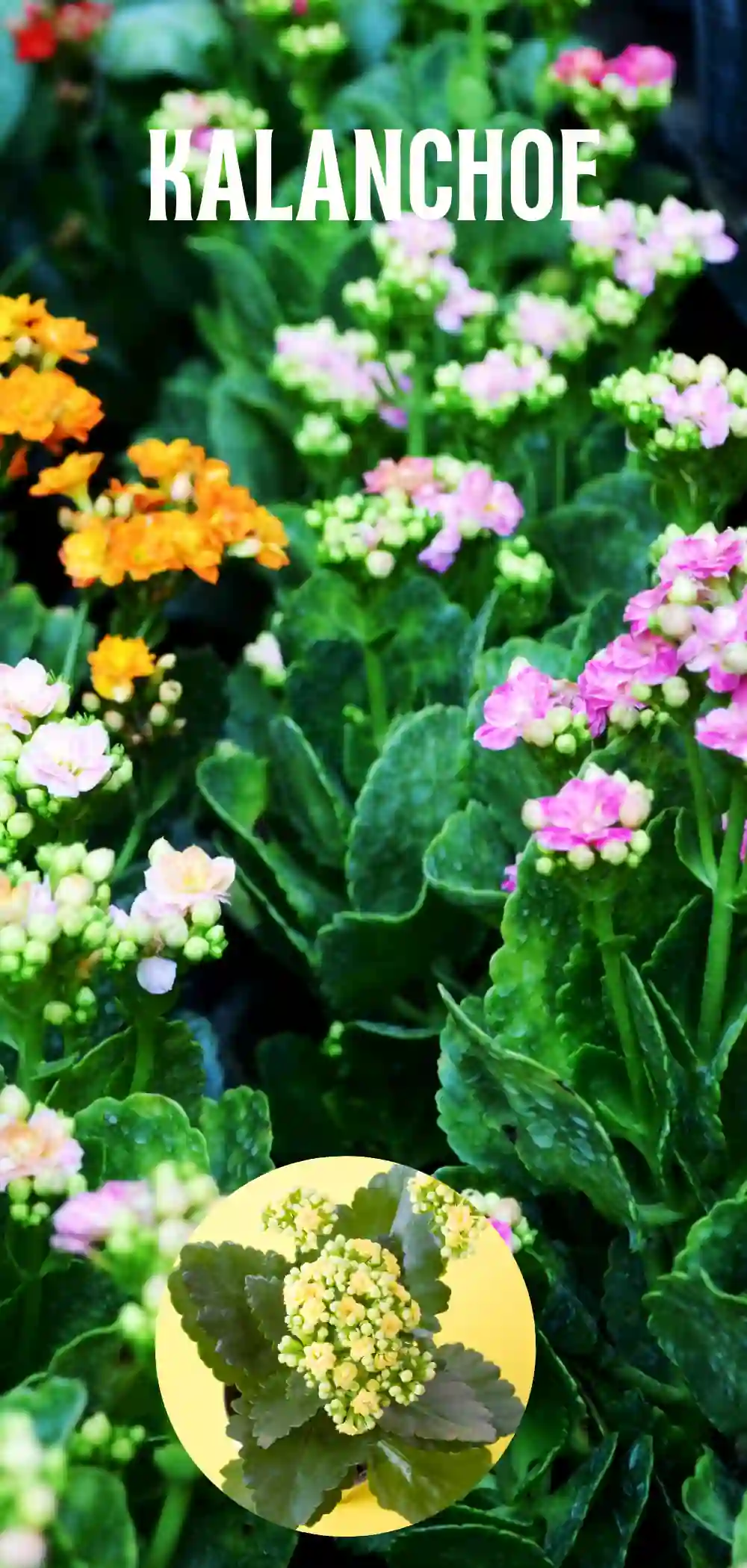
While kalanchoes share some similarities with cacti, they are not cacti. Cacti are a family of plants that are characterized by their spines, which are actually modified leaves.
Cacti also have a unique feature called areoles, which are small, round, cushion-like structures on the stem from which the spines grow.
Kalanchoes, on the other hand, do not have spines or areoles. Instead, they have thick, fleshy leaves that store water, making them well adapted to dry conditions.
Some species of kalanchoe also produce small plantlets at the edges of their leaves, which can be used for propagation.
One of the most popular species of kalanchoe is Kalanchoe blossfeldiana, which is commonly known as the florist kalanchoe. This species is prized for its colorful blooms, which come in shades of pink, red, orange, yellow, and white.
Other popular species include Kalanchoe tomentosa, which is commonly known as panda plant, and Kalanchoe luciae, which is commonly known as paddle plant.
So, kalanchoes are not cacti, but they are succulent plants that are well adapted to dry conditions. They are characterized by their thick, fleshy leaves and colorful blooms, and are popular houseplants and outdoor ornamentals.
Is an Epiphyllum a Cactus or a Succulent?
Epiphyllum is a genus of plants that belongs to the cactus family (Cactaceae). However, unlike most cacti, Epiphyllums are not spiny, and their stems are flat, thin, and leaf-like.
They are often referred to as orchid cacti or leaf cacti due to their showy and colorful flowers that resemble orchids.
Epiphyllums are not considered true succulents because they do not store water in their leaves, stems, or roots.
Instead, they are epiphytic, which means they grow on other plants and derive their nutrients and moisture from the air and surrounding environment.
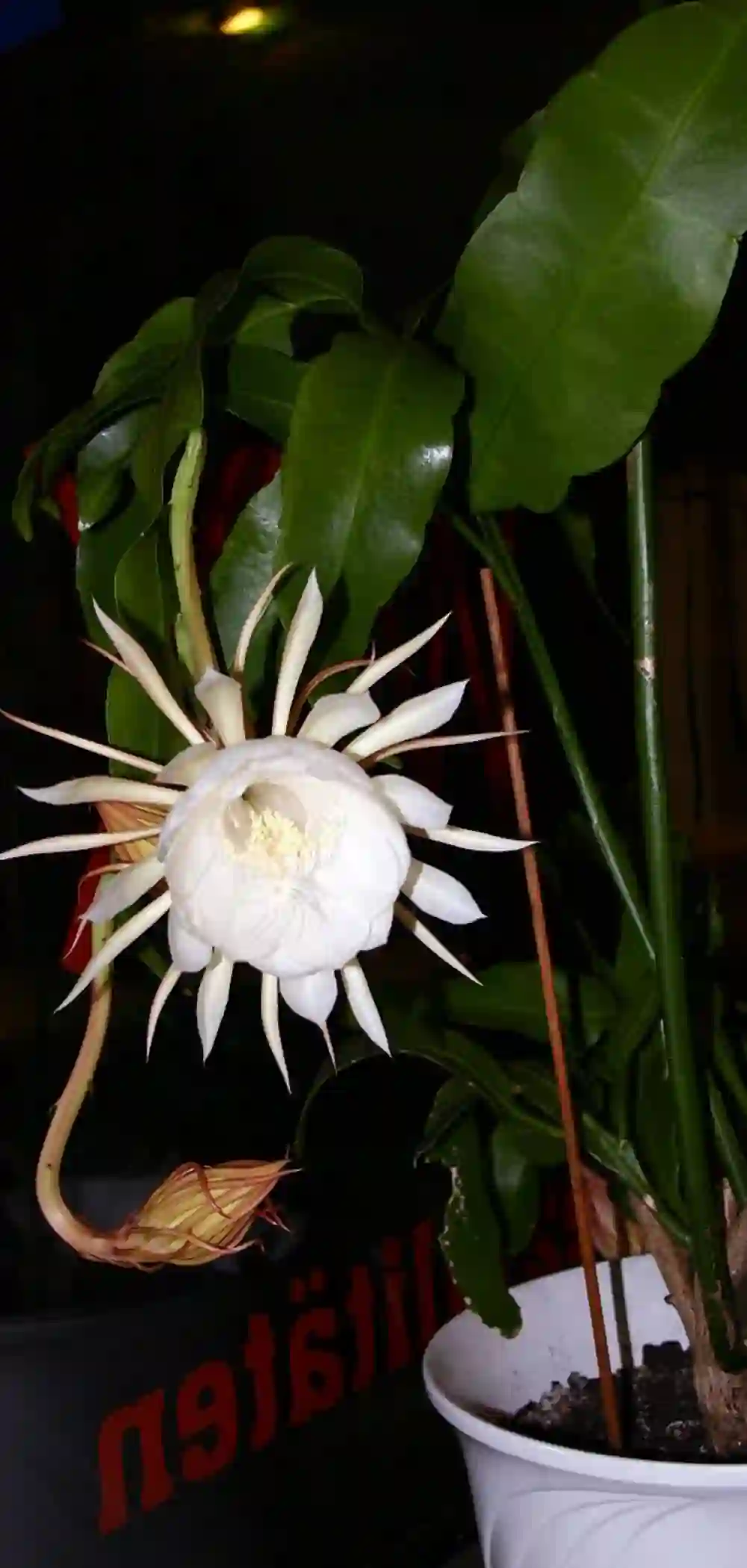
While Epiphyllums are not true succulents, they do share some common characteristics with succulent plants. For example, they are adapted to dry conditions and can tolerate periods of drought. They also prefer well-draining soil and are susceptible to root rot if overwatered.
So, Epiphyllums are classified as cacti, but they are not true succulents. They are unique plants that require specific care and attention to thrive. If you are interested in growing Epiphyllums, it is important to research their specific growing requirements and provide them with the right conditions to ensure their success.
Is Haworthia a Cactus or Succulent?
Haworthia is a succulent plant, not a cactus. While cacti and succulents share some similarities, such as their ability to store water in their leaves, stems, or roots, they are different types of plants.
Cacti belong to the family Cactaceae, while succulents are a diverse group of plants that have evolved to survive in arid environments.
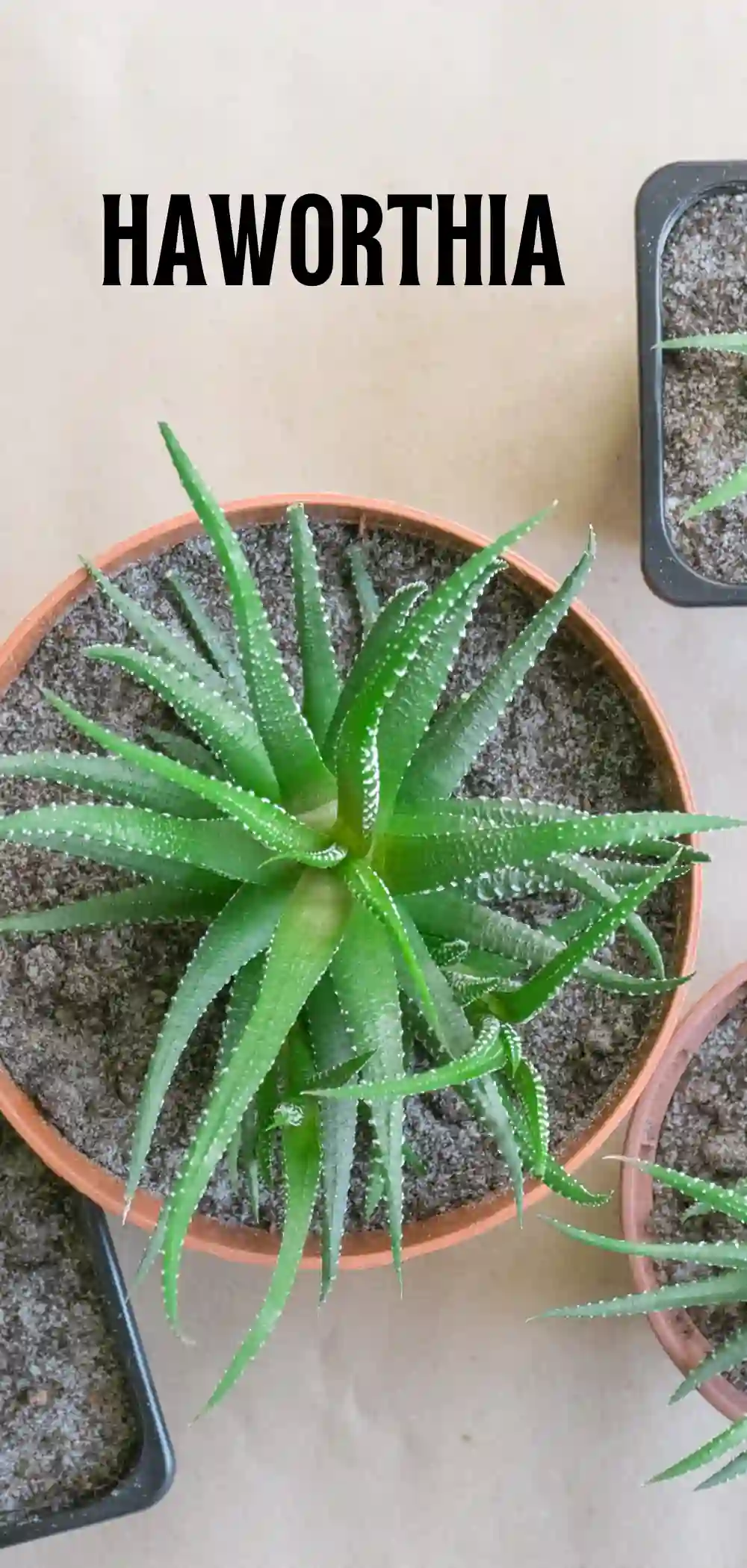
Haworthia is a genus of small, slow-growing succulent plants that are native to South Africa. They are often called zebra cactus, pearl, star window, and cushion aloe, but they are not actually related to aloes. Haworthia plants are characterized by their rosettes of fleshy green leaves that are generously covered with white pearly warts or bands.
One way to distinguish between cacti and succulents is to look at their leaves. Cacti usually have spines instead of leaves, while succulents have leaves that are thick and fleshy. Haworthia has leaves that are fleshy and green, making it a succulent.
Another difference between cacti and succulents is the way they flower. Cacti usually have showy, brightly colored flowers that bloom from the top of the plant, while succulents often have small, inconspicuous flowers that grow from the base of the plant. Haworthia has small, tubular flowers that grow on long, thin stems that emerge from the center of the rosette.
So, Haworthia is a succulent plant that is often mistaken for a cactus due to its ability to store water in its leaves. However, it is not a cactus and can be distinguished from cacti by its fleshy green leaves and small, tubular flowers.
Is Rhipsalis a Cactus or Succulent?
Rhipsalis is a genus of plants that belongs to the family Cactaceae. This means that Rhipsalis is indeed a type of cactus.
However, unlike most cacti, Rhipsalis is not a desert plant. Instead, it is a tropical plant that is native to Central and South America, as well as parts of Africa and Sri Lanka.
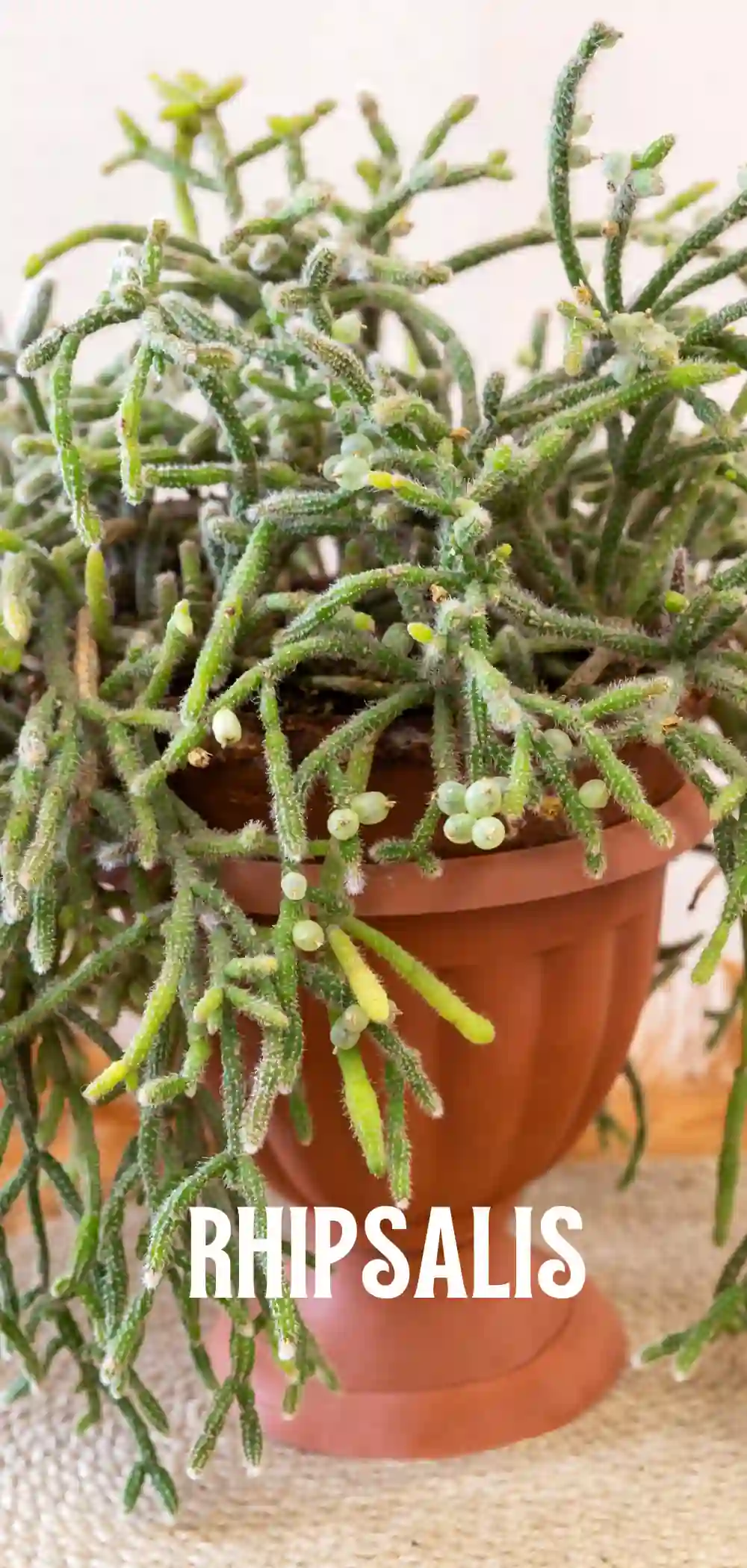
Rhipsalis is an epiphytic cactus, which means that it grows on other plants, such as trees, instead of in soil.
This unique characteristic is one of the reasons why Rhipsalis is often confused with succulents. However, although Rhipsalis shares some similarities with succulents, it is not a succulent.
One of the main differences between Rhipsalis and succulents is that Rhipsalis does not store water in its leaves or stems like succulents do. Instead, it relies on its ability to absorb moisture from the air and from the other plants it grows on.
Additionally, Rhipsalis has thinner leaves and stems than most succulents, which allows it to absorb moisture more efficiently.
So, Rhipsalis is a type of cactus, but it is not a succulent. It is an epiphytic plant that grows on other plants, and it is native to tropical regions of the world. Understanding the characteristics of Rhipsalis can help you identify it more accurately and care for it properly.
Is Yucca a Cactus or Succulent?
If you are wondering whether yucca is a cactus or succulent, the answer is that it is a succulent. While yucca and cactus plants share some similarities, such as fleshy leaves and the ability to store water, they belong to different families of succulents.
Yucca plants are members of the Asparagaceae family, while cacti belong to the Cactaceae family. Yucca plants are characterized by their rosette of evergreen, tough, sword-shaped leaves and large terminal panicles of white or whitish flowers.
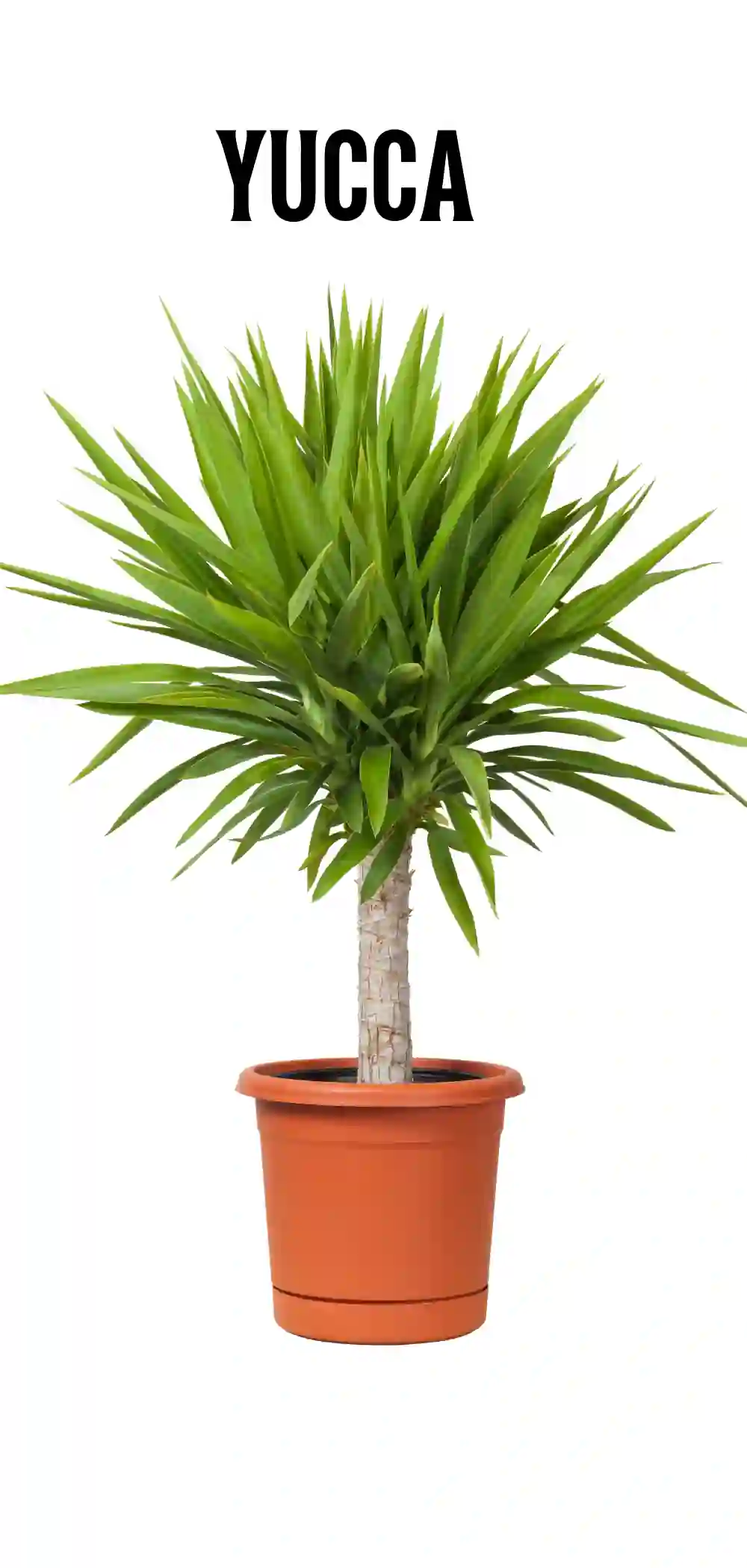
These plants are native to the Americas and the Caribbean and can be found in a wide range of habitats, from humid rainforest and wet subtropical ecosystems to hot and dry deserts.
One of the main differences between yucca and cactus plants is their leaves. While cactus plants have spines instead of leaves, yucca plants have stiff, pointed leaves that grow in a rosette at the base of the plant.
Yucca plants also tend to have fewer leaves than cactus plants, and their leaves are often wider and less cylindrical.
Another difference between yucca and cactus plants is their flowers. While cactus flowers tend to be showy and brightly colored, yucca flowers are usually white or cream-colored and have a more subtle beauty. Yucca flowers are also typically larger than cactus flowers and grow in large, terminal panicles.
Overall, while yucca and cactus plants may look similar at first glance, they are two distinct types of succulents with unique characteristics and growing requirements.
Is Dragon Fruit a Cactus or Succulent?
Dragon fruit, also known as pitaya, is a fruit that comes from a type of cactus called Hylocereus. This means that dragon fruit is technically a cactus.
However, dragon fruit is also considered a succulent because it has the ability to store water in its stem and leaves, just like other succulent plants.
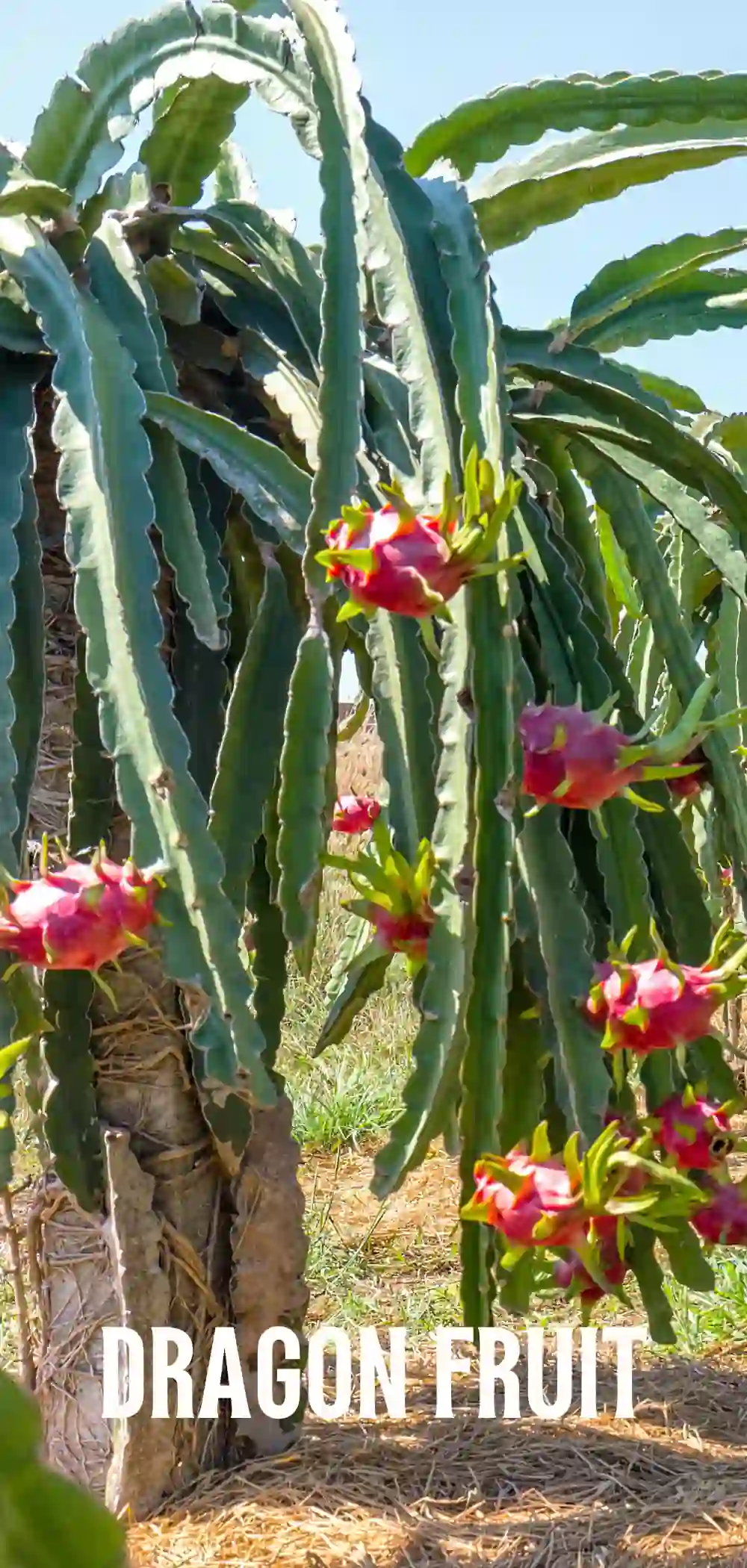
Cacti and succulents have many similarities, including their ability to store water in their tissues. While cacti are a type of succulent, not all succulents are cacti. Dragon fruit is a good example of a plant that falls into both categories.
Dragon fruit plants have thick stems that can grow up to 20 feet long. The stems are covered in small, spiky leaves that are arranged in a spiral pattern. The fruit of the dragon fruit plant grows directly on the stems and can be red, pink, or yellow on the outside, with white or pink flesh on the inside.
Because dragon fruit is a cactus, it is important to provide it with well-draining soil that is rich in organic matter. Mulching around the base of the plant can also help to retain moisture in drier regions.
When it comes to caring for dragon fruit, it is important to remember that it is a tropical plant that requires warm temperatures and plenty of sunlight.
So, dragon fruit is both a cactus and a succulent. Its ability to store water in its stem and leaves makes it a succulent, while its classification as a member of the Hylocereus genus makes it a cactus.
When caring for dragon fruit, it is important to keep in mind its tropical nature and provide it with the appropriate growing conditions.

